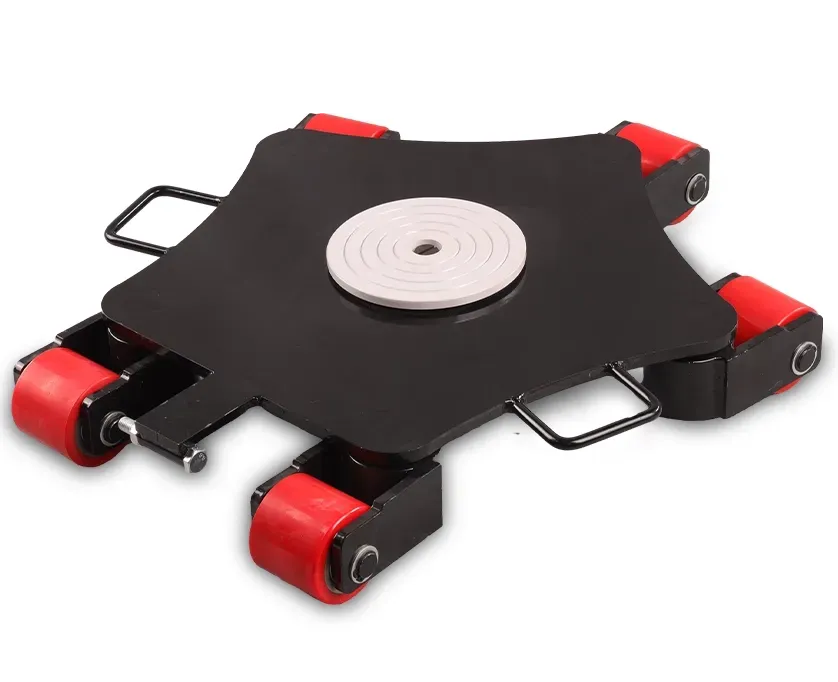Versatile Crane Design for Enhanced Load Handling and Flexibility in Various Applications
The Versatility of Adjustable Cranes A Key Asset in Modern Industries
Adjustable cranes have become indispensable tools in various industries, particularly in construction, manufacturing, and logistics. The adaptability and flexibility of these cranes significantly enhance operational efficiency and safety, making them a vital asset for any heavy lifting and material handling operations. In this article, we explore the features, advantages, applications, and maintenance of adjustable cranes.
Understanding Adjustable Cranes
Adjustable cranes, as the name suggests, are designed to be flexible in terms of their operational capabilities. Unlike fixed cranes, which are stationed at a single location, adjustable cranes can modify their lifting heights and boom extensions according to the specific requirements of a task. This functionality is achieved through an array of technological advancements, including hydraulic systems, telescoping booms, and advanced control mechanisms.
In a typical adjustable crane, the boom can extend or retract, allowing operators to lift loads to varying heights and reach difficult positions. This versatility makes adjustable cranes suitable for a wide range of applications, from lifting heavy materials on construction sites to maneuvering equipment in manufacturing plants.
Advantages of Adjustable Cranes
The benefits of using adjustable cranes extend beyond mere lifting capability. Here are some of the key advantages
1. Enhanced Flexibility The most significant advantage of adjustable cranes is their flexibility. They can be adapted to suit different tasks and environments, making them more effective than stationary options.
2. Increased Safety Adjustable cranes are equipped with advanced safety features such as load monitoring systems and emergency stop functions. These features help prevent accidents and ensure that heavy loads are handled safely.
3. Operational Efficiency By adjusting the cranes to meet specific lifting requirements, businesses can optimize their workflow. This adaptability minimizes downtime and enhances productivity across various operations.
4. Cost-Effectiveness Investing in adjustable cranes can be cost-effective in the long run. Businesses can perform multiple tasks with a single crane, reducing the need for multiple pieces of equipment and saving on maintenance costs.
5. Improved Space Utilization Adjustable cranes can navigate in confined spaces, making them ideal for urban environments and projects with limited accessibility. This capability allows companies to maximize their use of available space.
adjustable crane

Applications of Adjustable Cranes
Adjustable cranes are utilized in numerous industries, showcasing their versatility. Some common applications include
- Construction Sites In construction, adjustable cranes are essential for lifting materials such as steel beams, concrete blocks, and heavy equipment. Their ability to adjust to different heights aids in various construction activities, including the assembly of tall structures.
- Manufacturing Facilities In manufacturing, adjustable cranes facilitate the movement of heavy machinery and components. They allow for the efficient transfer of parts along assembly lines, reducing production delays and enhancing workflow.
- Logistics and Warehousing In warehouses, adjustable cranes are employed to optimize the stacking and retrieval of goods. Their compact design allows them to navigate narrow aisles, making them ideal for tight storage conditions.
- Maintenance and Repair Adjustable cranes are also valuable in maintenance tasks, enabling technicians to access high or hard-to-reach places for repair work on machinery, facilities, and vehicles.
Maintenance Considerations
To ensure the longevity and reliability of adjustable cranes, regular maintenance is crucial. Operators should follow a routine inspection checklist that includes checking hydraulic systems, boom functionalities, and safety features. Addressing potential issues before they escalate can prevent costly downtime and accidents.
Moreover, operators need proper training to understand how to adjust the crane effectively while adhering to safety protocols. Awareness of load limits, operational procedures, and emergency measures will further enhance safety and efficiency.
Conclusion
In today's fast-paced industrial environment, adjustable cranes are more than mere lifting devices; they are powerful tools that drive productivity, enhance safety, and improve efficiency. Their versatility allows businesses to thrive in various applications, from construction to logistics. As industries continue to evolve, the demand for adjustable cranes will remain strong, making them a smart investment for businesses looking to optimize their operations.
-
Portable 2000 lb Gantry Crane | Heavy-Duty & AdjustableNewsAug.30,2025
-
Versatile Lifting Solutions with Gantry and Overhead CranesNewsAug.29,2025
-
The Versatile Mobile Gantry Crane SolutionNewsAug.29,2025
-
Reliable Movement with Heavy Machinery Skates and RollersNewsAug.29,2025
-
Reliable Lifting Performance with 2000 lb Gantry Crane and 2 Ton Overhead SystemsNewsAug.29,2025
-
Maximize Lifting Efficiency with PML Magnetic LiftersNewsAug.29,2025
-
Efficient Relocation Starts with Reliable Machinery MoversNewsAug.29,2025
